5.12.11 To Market, Part 2: Fresh Food
Food is everywhere here in Yogyakarta. Rickety carts offering noodles and soups and fried this-and-that line virtually every street. Fruit stands overflow with piles of black-skinned mangoes, bunches of red bananas, scaly snake fruit and enormous purple grapes. Girls ride by on bicycles rigged up with wooden boxes that hold bottles of colored drinks to mix and sell on the spot. Yes, it's hot and grimy but the ingredients look fresh and everyone is eating with gusto. Westerners are so afraid of Third World street food, but meanwhile we are washing our own e coli-imbued beef with bleach. Take a look at these market photos and tell me you wouldn't want to sample the wares.
There are shockingly few vegetables available at our hotel, and we have taken to calling room service and randomly requesting things like broccoli and bok choy. Sometimes we get lucky and a plate of the coveted greens arrives. So I was a little taken aback to see the variety and freshness of the vegetables at the market, and even brought some of them back to our room, bundled in their little banana leaf package.
I haven't found the food in Yogya to be as spicy as that of Laos or Thailand, but it may just be that the hotel is serving us toned-down tourist food. Do I sound bitter?
Sator beans, Parkia speciosa, are reminiscent of edamame and fava beans. They are very popular in Indonesia, where they are known by various other names, including petai, bitter bean, sataw, twisted cluster bean, yongchaa and stink bean, the latter because of their peculiar, gassy smell. Like asparagus, they contain amino acids that make your pee (and other excretions) stink for up to two days!
I tried this river fish roasted and served over spiced rice (nasi ulam) and found it a touch muddy in flavor, not unlike some catfish.
There were an unbelievable number of krupuk (and kripik) vendors in the market, selling seemingly endless variations on the cracker theme. They are sold loose and in plastic bags, ready to be fried at home. The already-fried ones I tasted varied a lot in quality; I'm assuming this has to do with oil quality and freshness.
Tempeh (or tempe), is a traditional soy product that originated in Indonesia. It's made by a natural culturing and controlled fermentation that binds soybeans into a dense cake with a spongy, chewy consistency and an earthy flavor rich in umami. This process also makes it easily digestible. The fact that it’s fermented from whole beans means it has an exceptionally high protein content, as well as lots of vitamins and fiber. It's an important staple of Southeast Asia.
"Rotten" tempeh is sometimes used as a flavoring. I imagine it's pungent like blue cheese or fish sauce. Other types of tempeh are also made from other beans and grains, including wheat. If you are gluten-intolerant, be sure to read the label when shopping for packaged tempeh, widely available at health food stores and Whole Foods.
Tempeh can be marinated and baked, broiled or grilled. It can also be cut into strips and fried, acquiring crisp edges but retaining soft, creamy centers. Interested? Here's a recipe for curried tempeh that sounds pretty delicious. Or try this one, for a slightly more seasonal salad.






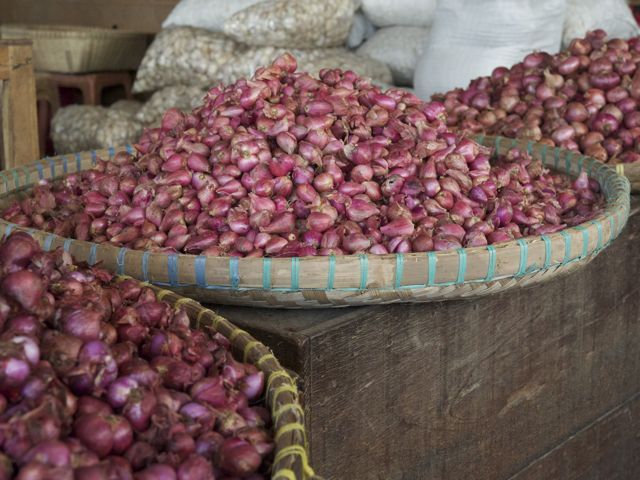
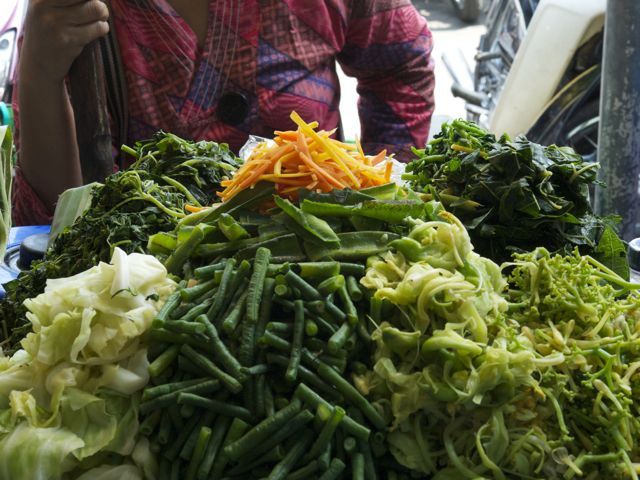
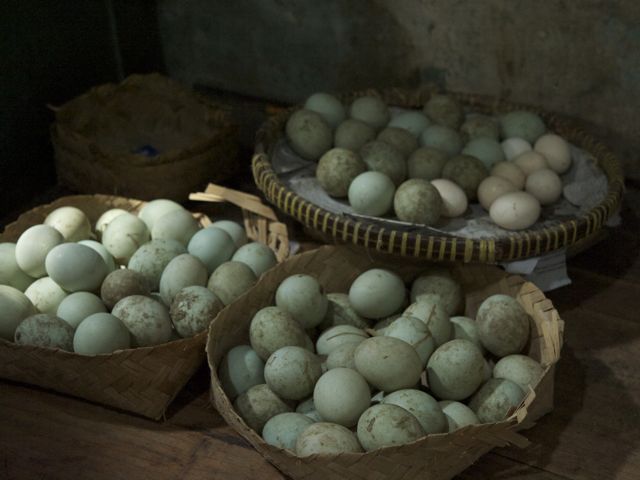

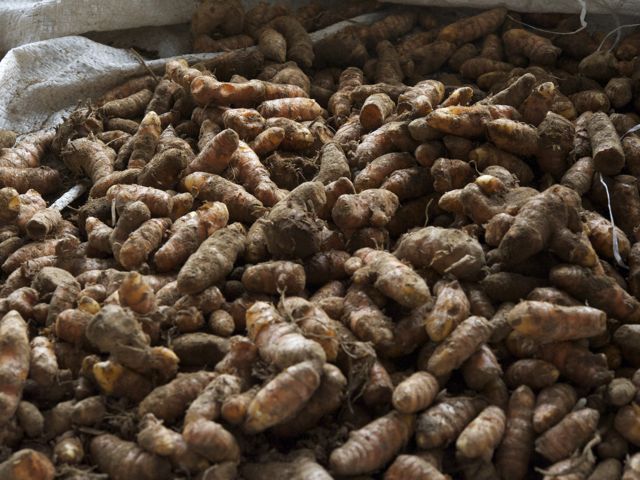
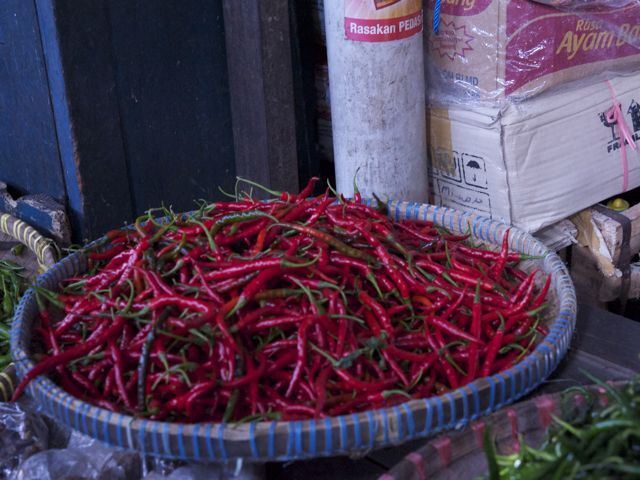
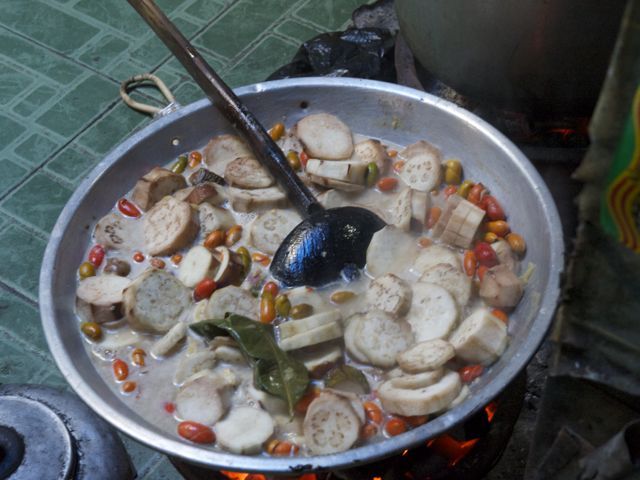
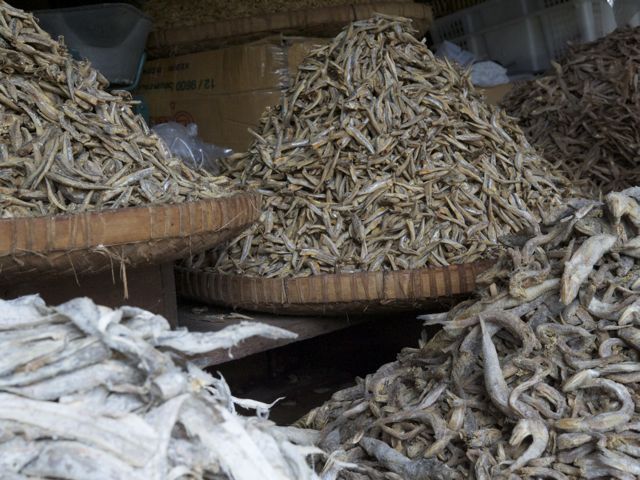
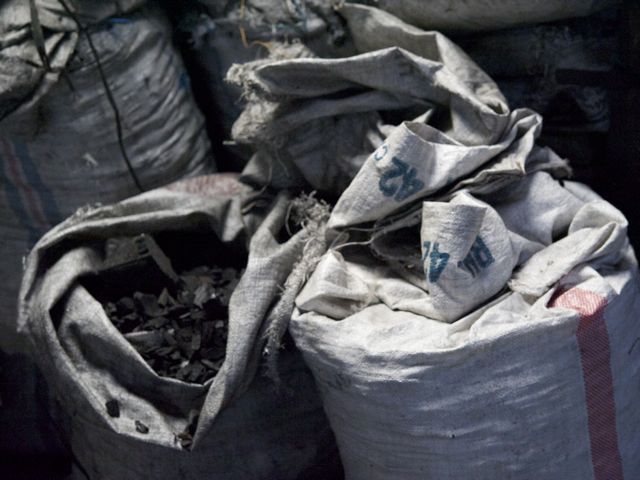
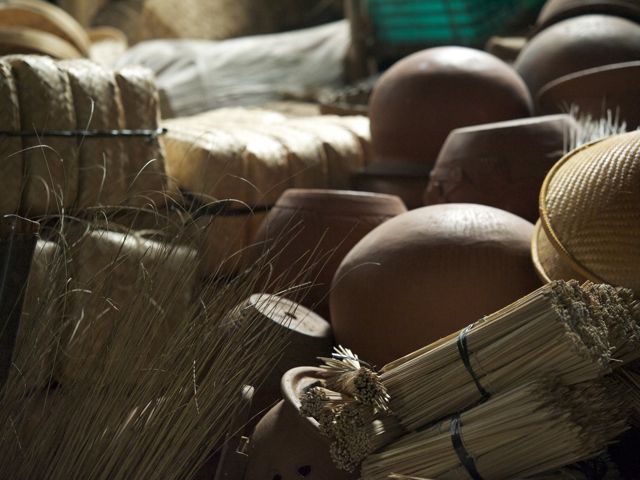
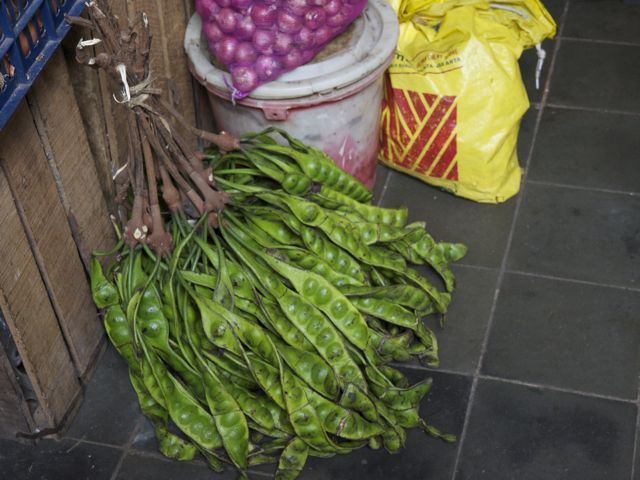


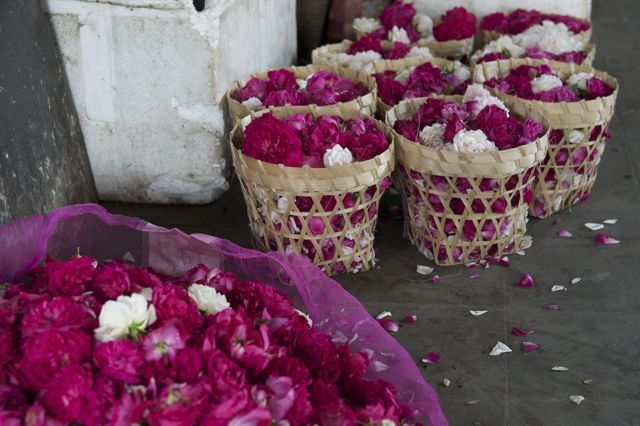
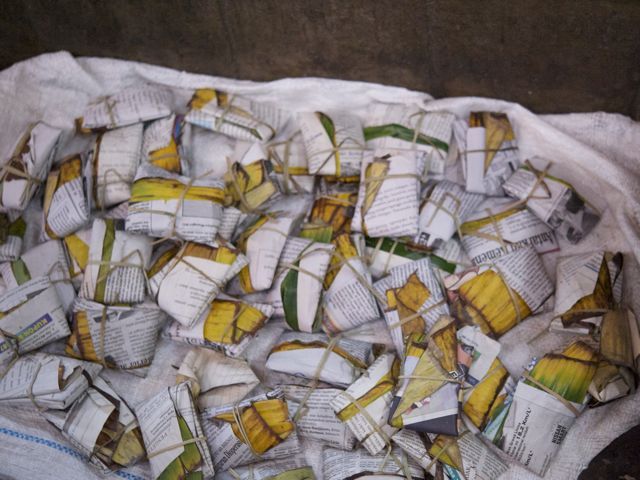
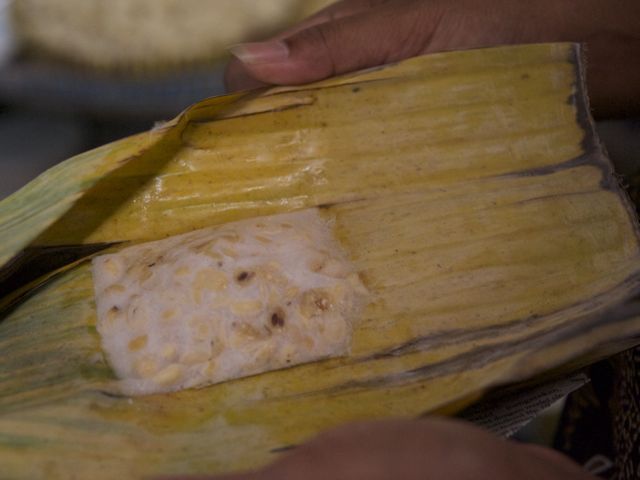
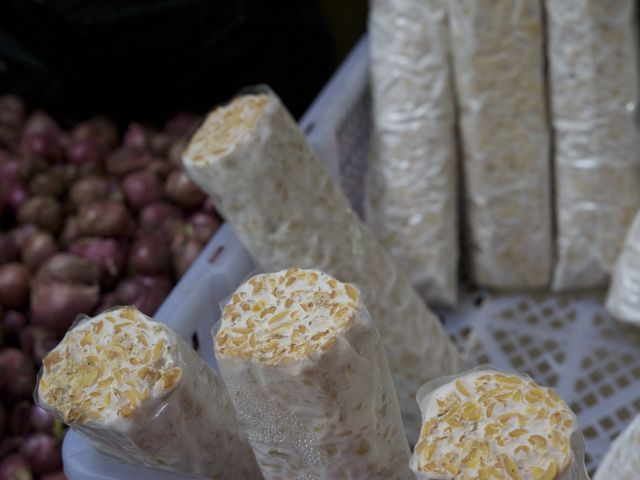
7 Comments